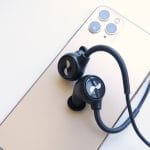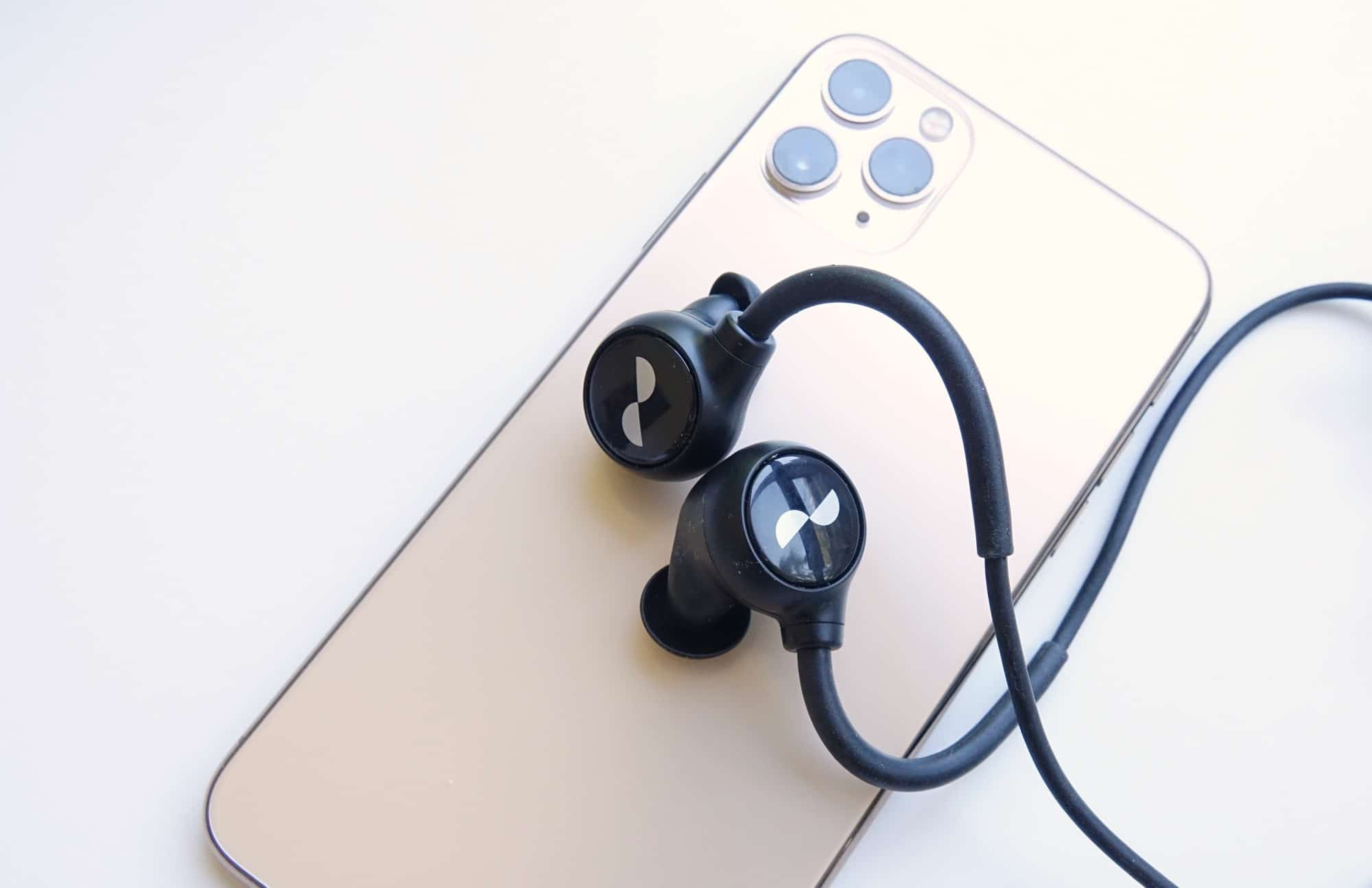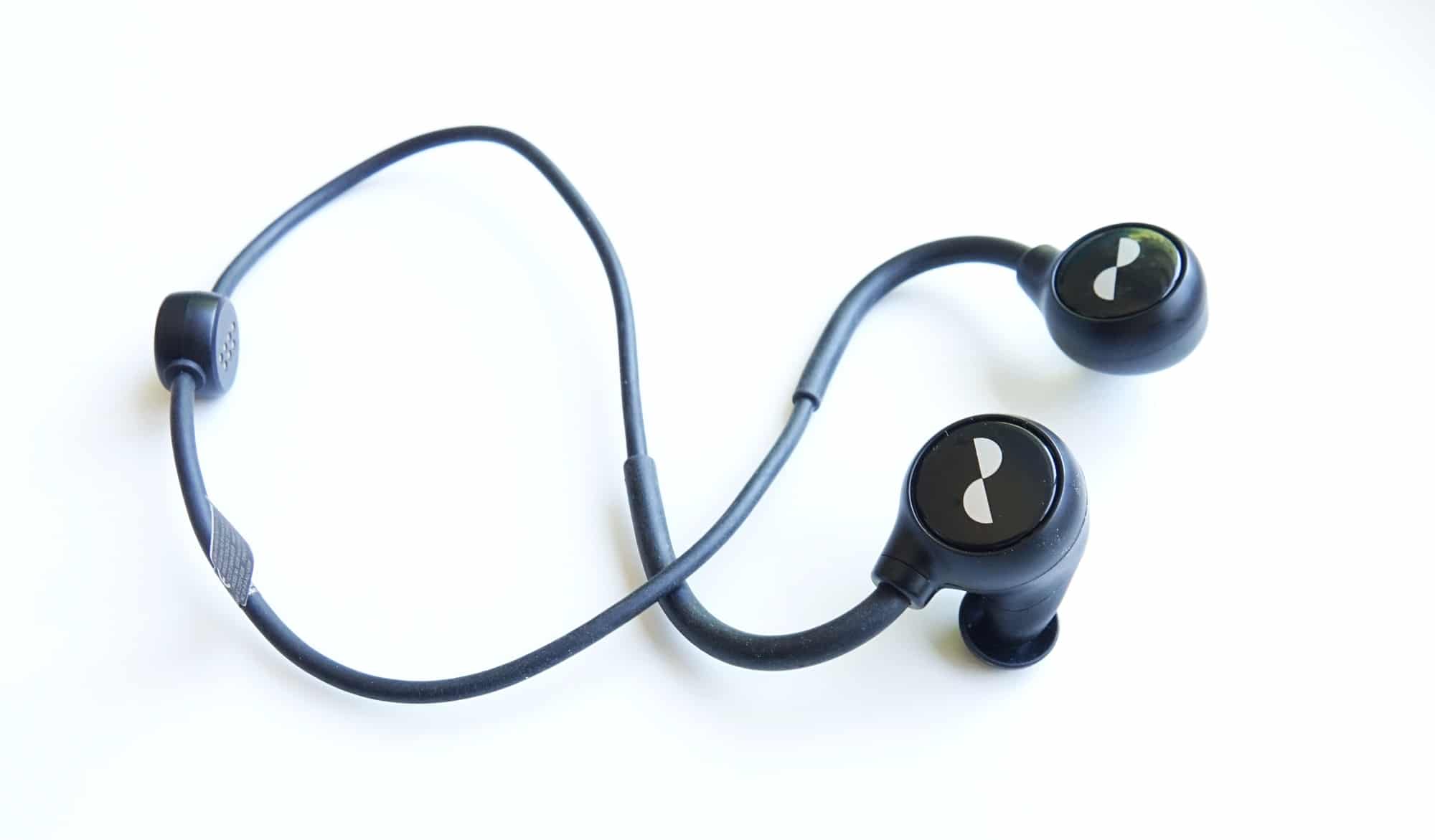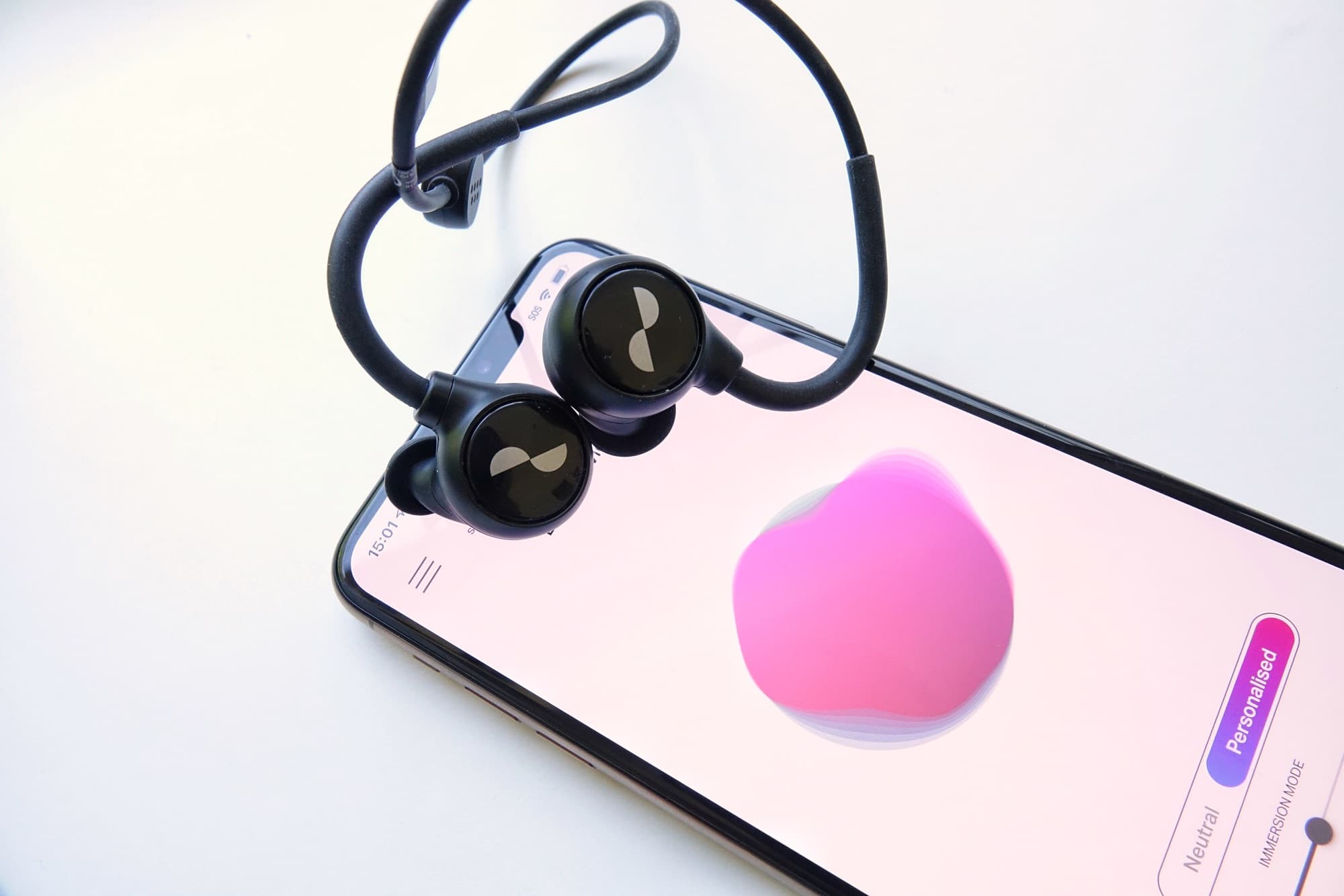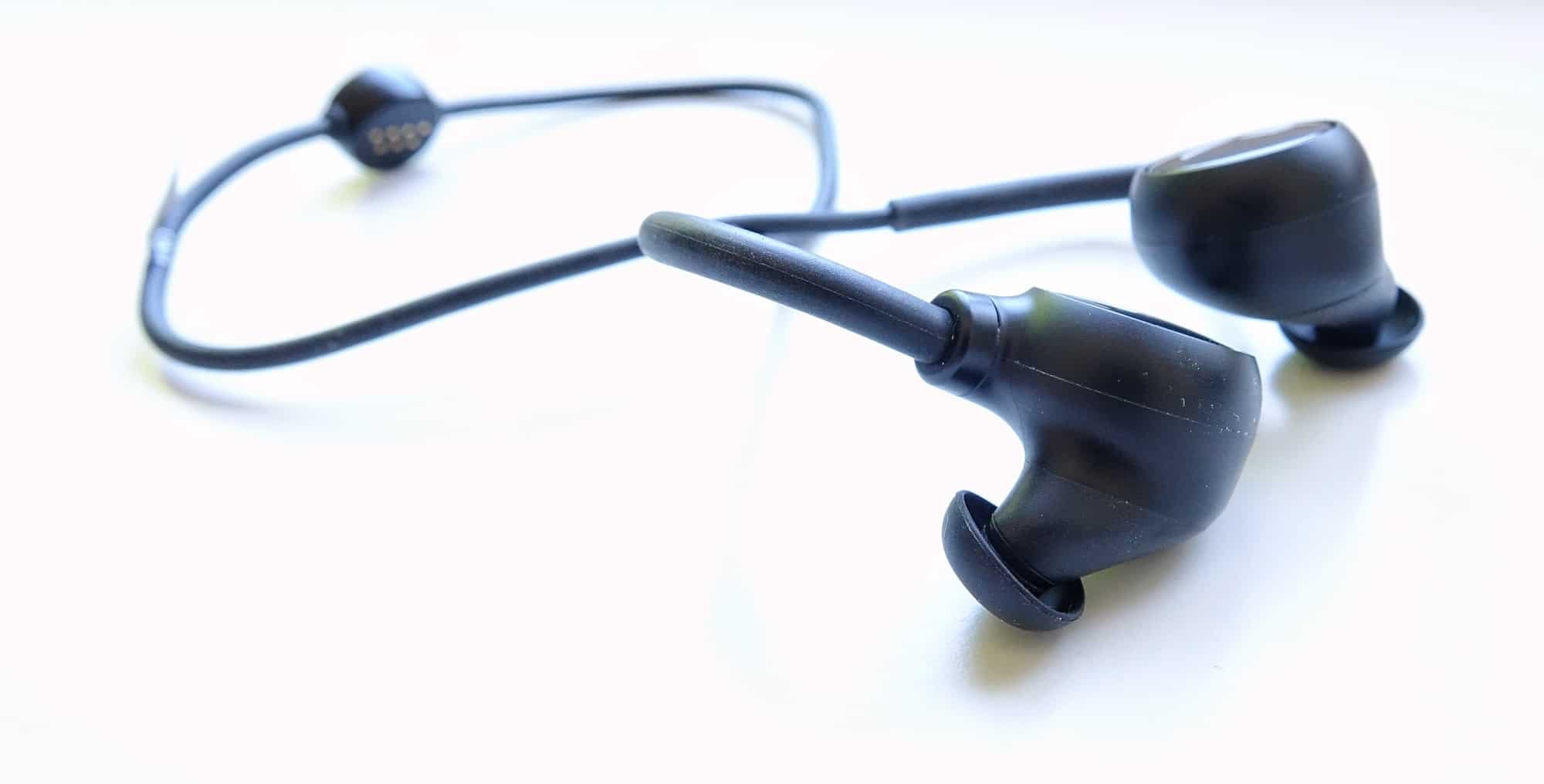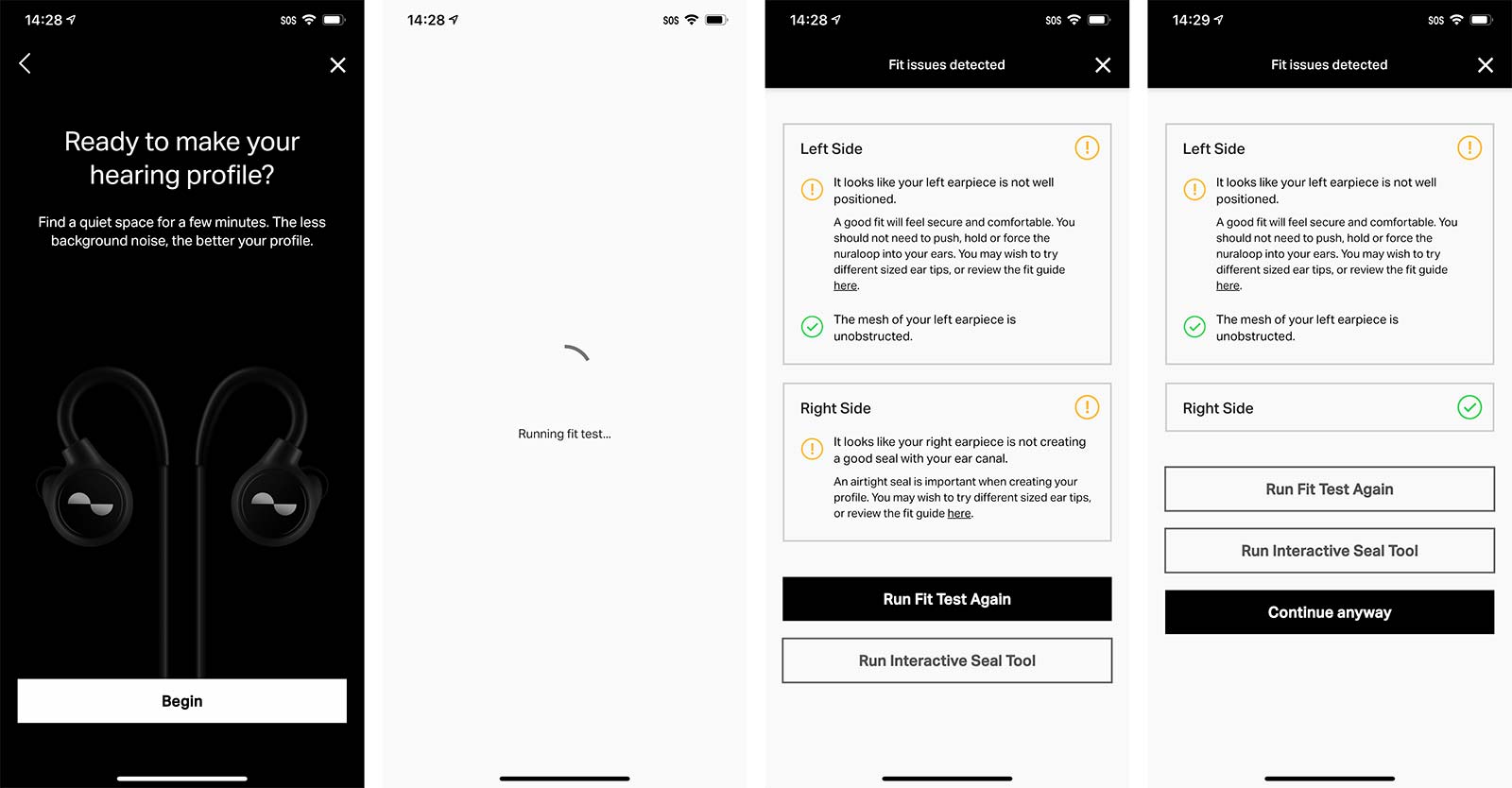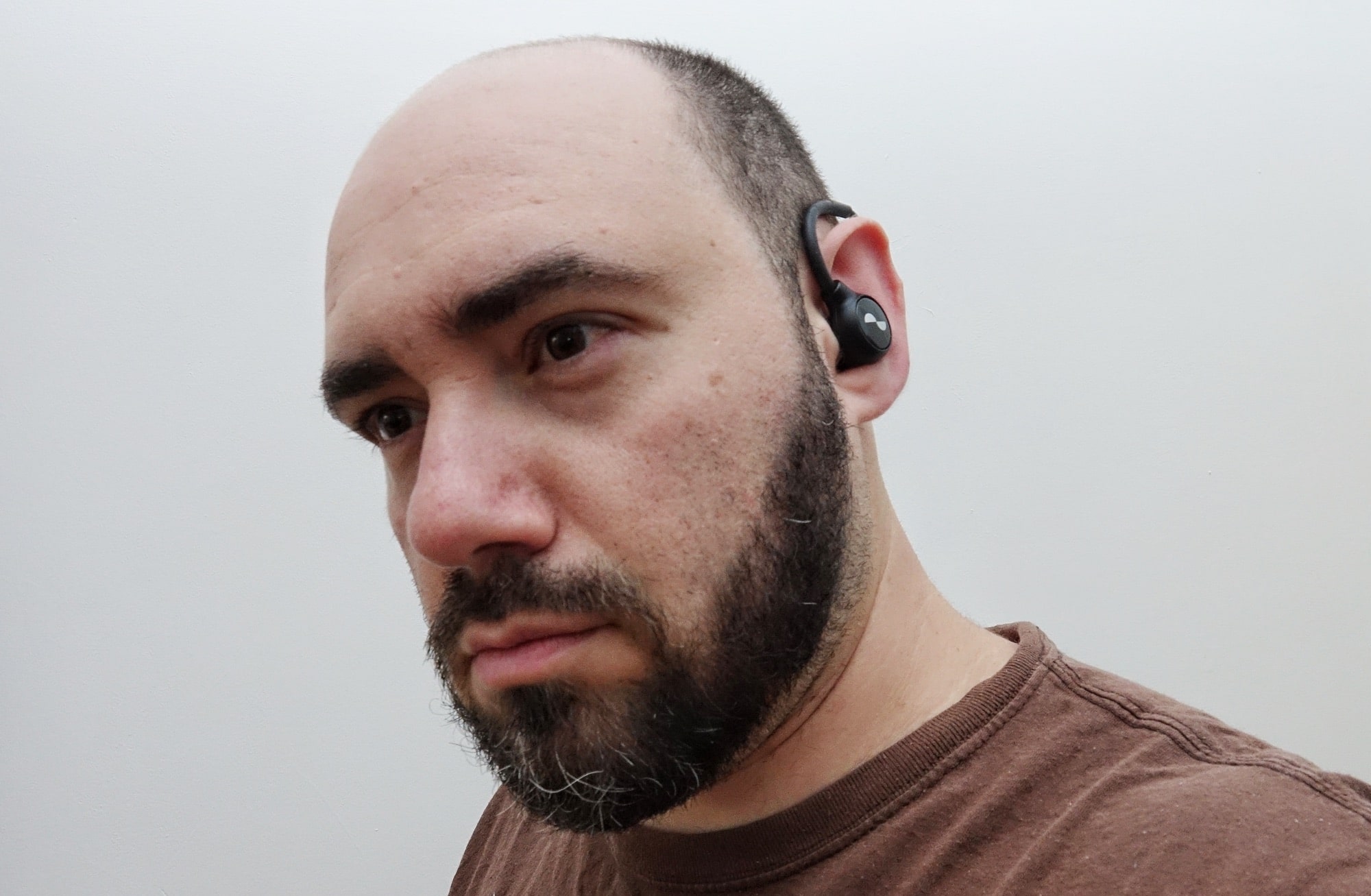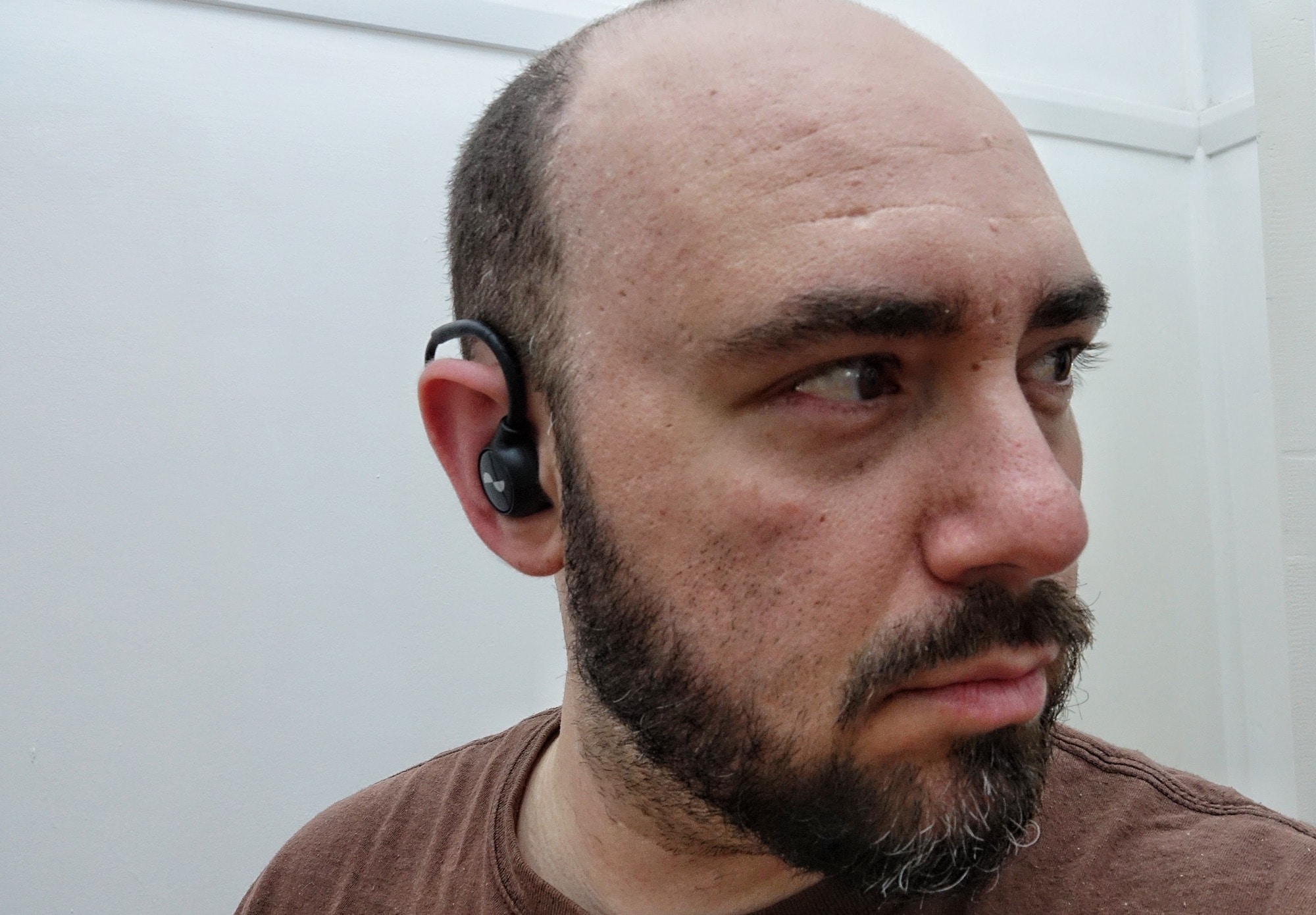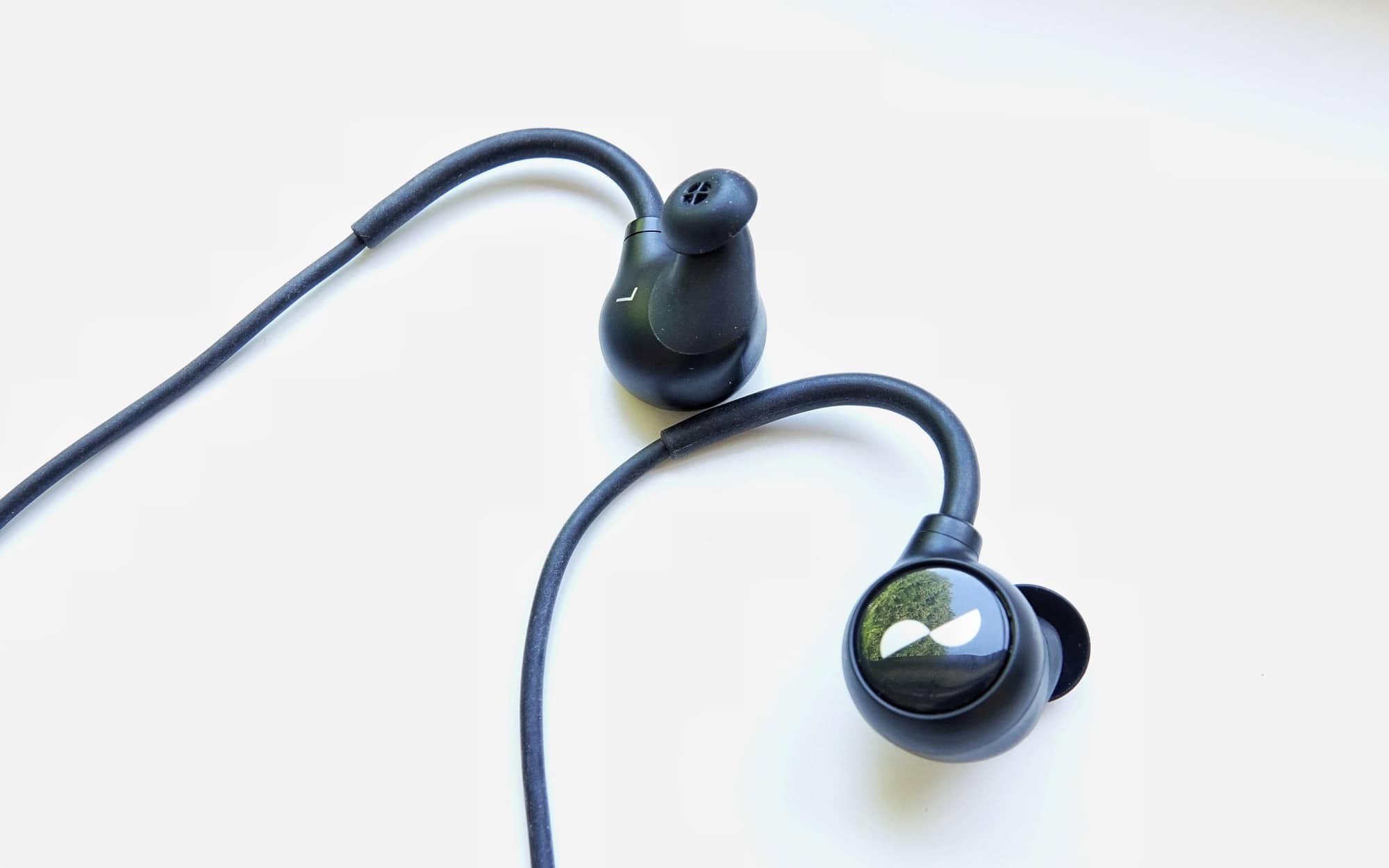Quick review
The good
The not-so-good
Australia’s Nura is back, and this time, it’s bringing its hearing test take on headphones to earphones in the Nuraloop.
The world of earphones may well be focused almost entirely on cutting the cord and delivering truly wireless personal and portable audio, but that doesn’t mean everyone is there. While a cordless existence is cool, there are other things that matter, such as sound quality overall.
Sound quality can be difficult. Every manufacturer has its style, whether it’s the balanced burst of audio that Bose is known for, or the specific warmth Sony’s style of sound is synonymous with. Beats used to be bassy, Apple is clean and clear, and Bang & Olufsen tends to be a bit of a boss with a signature sound that sounds like a signature speaker.
These are specific sound profiles audio brands tend to go with, but they can miss out on one bit of logic: everyone hears differently.
And that’s an approach Australia’s Nura has long been playing with, developing a type of portable audio that can test your ears to make sure you get the sound made for you. It’s what we experienced in the company’s first take on the technology, 2018’s Nuraphones, a big pair of headphones loaded with tech and a different take on audio.
Two years on, the Melbourne-based company has found a way to shrink the technology into something far more head friendly, and much smaller to take on the road. Are the Nuraloop a pair of earphones made for everyone?
Design and features
A little bit different from your standard pair of earphones, Australia’s Nura has taken a swing at bringing its ear-testing headphones to a smaller design.
Gone is the big band and the ear cups that normally sit around your ears, with the Nuraloop instead delivering a large earpiece that looks more like a larger set of in-ear monitors, complete with two tips that aren’t your regular set of silicone nubs. Rather, they’re a little more shallow and sit atop a small filter, which itself is interchangeable.
The earpieces have a malleable cable extruding from them to hang over the ear, again like an in-ear monitor, with large Nura logos on plastic touch pads on each side. Each is a button and a touchpad for dialing in volume, ambient sound, and configuring the buttons the way you want, which is handy for sure.
They join with a magnetic charge port at the back, supporting a specific set of pins depending on what you plug them into, be it a charger or an accessory, like the included 3.5mm headphone jack.
The Nuraloop supports noise cancellation, as well, and talks to phones and media players over Bluetooth 5 with AptX HD. Water resistance is included, as well, and while you can make them work with any Bluetooth device, ideally you’ll want to configure the Nuraloop earphones with an iPhone, iPad, or Android device, given the Nura app is available on iOS and Android.
How does Nura differ from regular earphones
For folks who have never heard of the Nuraphones before, it can be hard to miss: the Facebook advertising is everywhere, and more recently before the pandemic went full swing, you could find headphone testing booths in shopping centres across Australia.
Walk into one and you could have tried a pair of Nura’s unique approach to audio rendition, though the sales team might not be able to properly explain it. Fortunately, we can.
Nura’s take on audio differs from standard headphones because there’s a test involved, and one that plays an otoacoustic emission to test how your ears hear, playing a series of tones and sounds that vibrate in the inner ear to create a profile that matches to the way you hear.
The point of this is largely about you in general, because everyone’s hearing differs greatly, and can and will change through the course of your life.
Headphones typically don’t test your hearing, nor do they adapt to match your hearing. There are great headphones that are great in general, and deliver warmth, balance, and the general crisp clarity a great pair of cans should deliver, but only a handful have been built to match how you hear, which his something Nura’s take has been designed with.
By using the otoacoustic emission concept, Nura is essentially using science to build an equaliser setting to better match its earphones to your own ears. The Nuraloop is personal audio in a very real sense.
In-use
It’s not the first time we’ve come across this idea, though. That first popped up in the first Nuraphones, the larger headphone variety, which can still be found about the place, and even work for games.
The Nuraloop are a little different, shrinking the idea for something made more for walking around, and for going on runs. They’re smaller and slimmer, but still corded, more like standard Bluetooth earphones, not the truly wireless variety.
However the Australian Nuraloop earphones still very much work the same way, even if they don’t fit the same way as the headphone variety.
While the Nuraphone headphones relied on both an in-ear and around-ear design that could feel a little weird 40 minutes in, the Nuraloop follows a totally in-ear design that uses both earphone tips and a small covering for the earphones themselves. It’s a design that doesn’t always lend itself to easy tip changes, though wearing them is easy enough: hang the earphones over your ears using the moulded wire (much like in-ear monitors), and then push the Nuraloop earphones into your hear. You may need to push them in a little bit to make sure they hold tightly, though the app will help you out.
Load up the app and start to go through the otoacoustic emission sound profile building, and the app will test the earphones in your ears to see if the fit is good. That may seem like an obvious point, but we actually found it took a few tries with the Nuraloop, compared to an almost immediate fit in the Nuraphones. You may need to do it a few times, changing the tips or pushing the earphones in a little.
Once that’s done, you get to sit quietly and let the Nuraloop do their thing, firing sounds from one side of your head to the other to test how your inner ear handles sound. After a minute, you’ll get a cute little graphic visualising how your inner ear sees sound, while the Nura app is updated to match how you hear.
Performance
With your profile in place, it’s time to get stuck into the sound of the Nuraloop, which is easily the most important part. There are technically two sides to these earphones — sound without a profile and sound with one — but we’ll focus this review on one of them, because it’s the one that matters. Specifically, you’ll be using the Nuraloop with a specific sound profile, storing one of three profiles for sound.
We opted for two during our review period, based on how we felt at the time either from a clear head or a slight feeling of a head cold, with the technology able to help navigate our ears and offer the best sound throughout.
It might seem crazy that a pair of headphones can do this, but that’s what Nura’s approach is all about, changing the equaliser and headphone tone to match how we could hear at the time, an important point for sure.
Throwing on the Pickr Sound Test, which you can always listen to for yourself, we found a good amount of balance with the Nuraloop earphones, delivering no specific part of sound that was overpowering over the other.
Take the usually punchy R&B and pop, which saw Ariana Grande bouncy yet balanced, with a warm yet decidedly delicate punch that wasn’t overly booming, even while the haptics of the “immersive” bass from the Nuraloop vibrated against our ears. The same was true with Mark Ronson’s “Uptown Funk”, which usually has such a notable thwack, and delivered just enough with spacious and involved dimensionality.
Over to rock, you’ll find strength across the bottom end, while solidarity can be found in the mids and highs. We found an excellent soundstage waiting for us with Rage Against The Machine and the Deftones, while classic rock tracks from David Bowie, The Beatles, and The Who delivered clear renditions that came across more like larger headphones, and less like the diminutive device this is.
Across the testing, we found The Who’s “Baba O’Riley” was one of the perfect test tracks for the Nuraloop, offering a beautifully wide space to listen to, and a great sound overall.
It’s a similar feeling to Ray Brown’s “The Real Blues” from Live at the Loa, which provides a detailed sound which resonates clear and strong. You’ll hear everything in both, from the laughter of the audience to musicians having a ball and the instruments they’re clearly rocking. It’s a fantastic rendition made for ears, and one the Nuraloop handles delightfully.
And that’s a feeling we had across jazz and classical, too, with the rich two instrument playback from Christian McBride and Regina Carter in “Fat Bach and Greens”, and to more classic jazz with Dave Brubeck’s “Take Five”.
Overall, the Nuraloop delivers a really impressive spectrum of audio, covering highs, mids, and lows clearly, and in a way that’s sure to delight. The bottom end, which doesn’t go too far, delivered some nice immersion, though at points some of the mids could fuzz out, albeit in a minor way. It’s something we picked up only on a handful of tracks, with Charlie Puth’s “Done For Me” and the Deftones’ “Digital Bath”, with the distortion minor, but still there.
We’re not sure if that’s something specific to the earphones and our profile, though, because when we tested the same tracks with the standard profile not attuned to our ears, the fuzz wasn’t as apparent, making it read like something less to do with the earphones, and more to the profile made by Nura.
Granted, the audio from the Nuraloop without the profile was far flatter than we’d like and lacks the personality and balance of the earphones once Nura has done its thing, so we don’t recommend using it without, but it was interesting all the same. Configuring to another profile altogether after a different otoacoustic test delivered a similar result, with no audio fuzz and balanced sound.
In essence, if the audio you’re hearing starts to sound a little off, try reconfiguring and use a different profile. The Nuraloop are earphones with customisable sound, but sometimes the customised profile doesn’t get it right, so let it try again.

Battery
Battery is one area that might not win everyone over, with a maximum of around 16 hours, which is good, but not amazing.
Perhaps Nura’s biggest issue with the Nuraloop is how they charge, and much like the Nuraphones, there’s a proprietary port, and a different one at that. No Type C USB here, sadly; rather, you get a magnetic port that clips to the back of the earphones in much the same way as the 3.5mm headset jack connector.
It’s handy, but annoying, because standards are always good, especially if you accidentally ever lose the charge plug.
The one saving grace of the Nuraloop battery is perhaps its hibernation mode, which like the Nuraphones, is very impressive. Simply put, they’ll go to sleep on their own or by force, and still manage to hold onto their battery life quite well.
It means you’ll find after listening for a few hours today and then coming back next week, the charge will be exactly where you left it, meaning you only need to refuel the Nuraloop when you need to, and even then, it’s a fast five minutes for two hours of sound. Just don’t lose that charger.
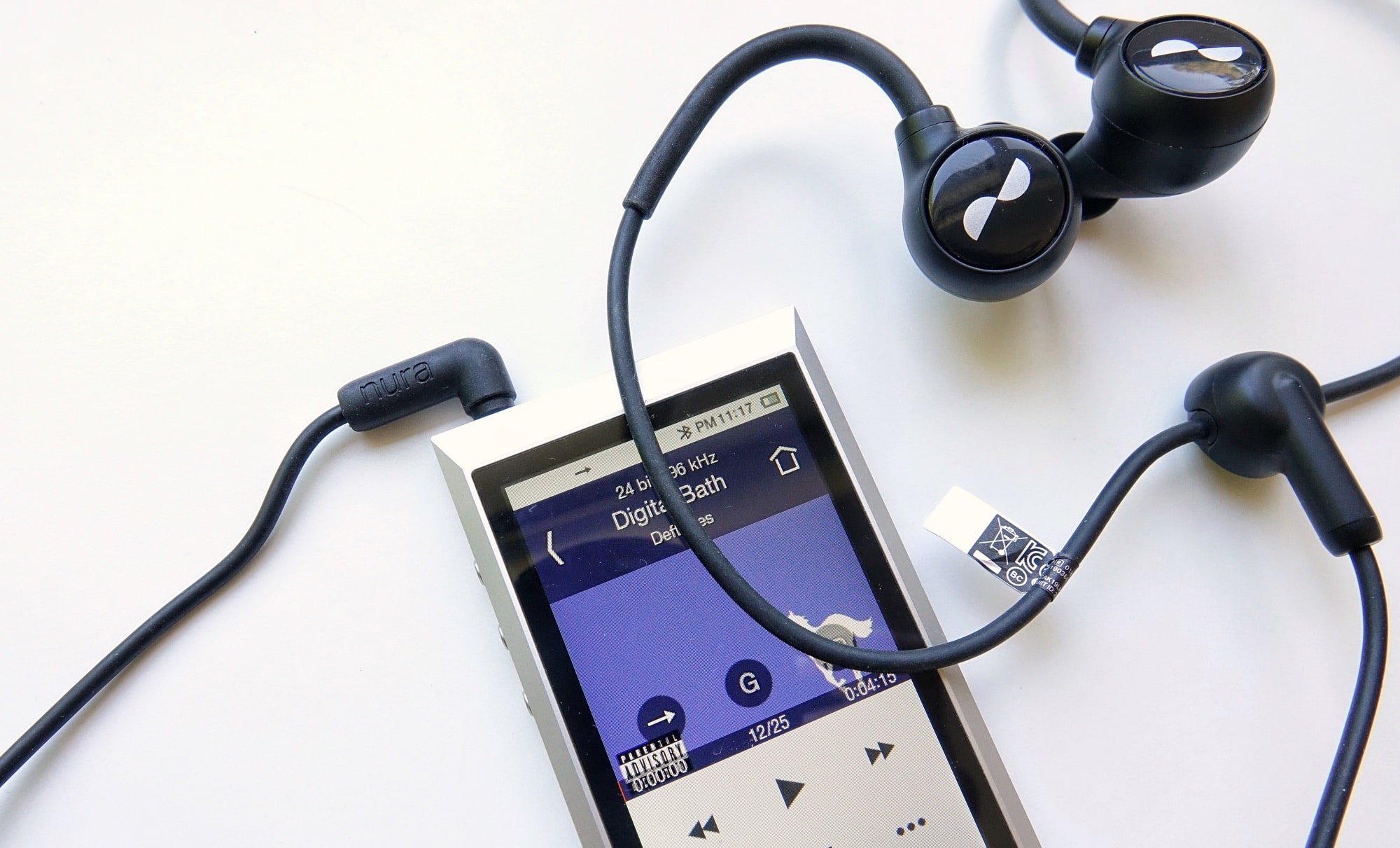
Value
One area that may surprise is the cost, with the Nuraloop faring quite well in this regard, fetching a local price of $299.
While that may sit in the high-end of earphones — particularly of the corded variety — it’s a price that isn’t at all bad for what you get: high-end sound with noise cancellation, and a curious take on technology that no one else is using.
What needs work?
So what would we fix in the Nuraloop, and what needs some work?
Well, we’d love for Nuraloop to stop its app from needing to connect to the web to load, which just draws out the app load time. It means if you suffer a bit of lag, you can be waiting 30 seconds to a minute just to make changes, which is weird for an app to need just to fiddle with sound.
We’d also love to see some customisation for the noise cancellation, which right now isn’t a part of Nura’s approach to quelling noise. You can definitely control the ambient sound, giving you several degrees of control to how much sound bleeds back into what you hear, but it’s not adaptive noise cancellation, more just controlled ambient sound.
The Nuraphones are fantastic earphones in their own right, and they deliver some really solid noise cancellation, but are they as impressive as what’s on offer from Sony’s efforts in noise cancellation? We’re not sure the answer is “yes”, at least not in the same way.
Finally, we’d take some multipoint Bluetooth, as found issues connecting the Nuraloop to more than one device at a time. You’ll need to disconnect it from devices manually to make it work, but that’s a bit of a first world problem for a reviewer, and we suspect few will genuinely see this as an issue.
Frankly, the fact that Nura included a converter for the wireless earphones to plug back into a 3.5mm connection is something we didn’t expect, and surely handy for folks who may still carry an iPod or a high-res media player.
Beyond that, we’d probably focus on cutting the cord in an eventual version, but it’s hardly an issue, and even helps to keep the case slim and friendly, making the Nuraloop perfectly pocketable and properly personal.
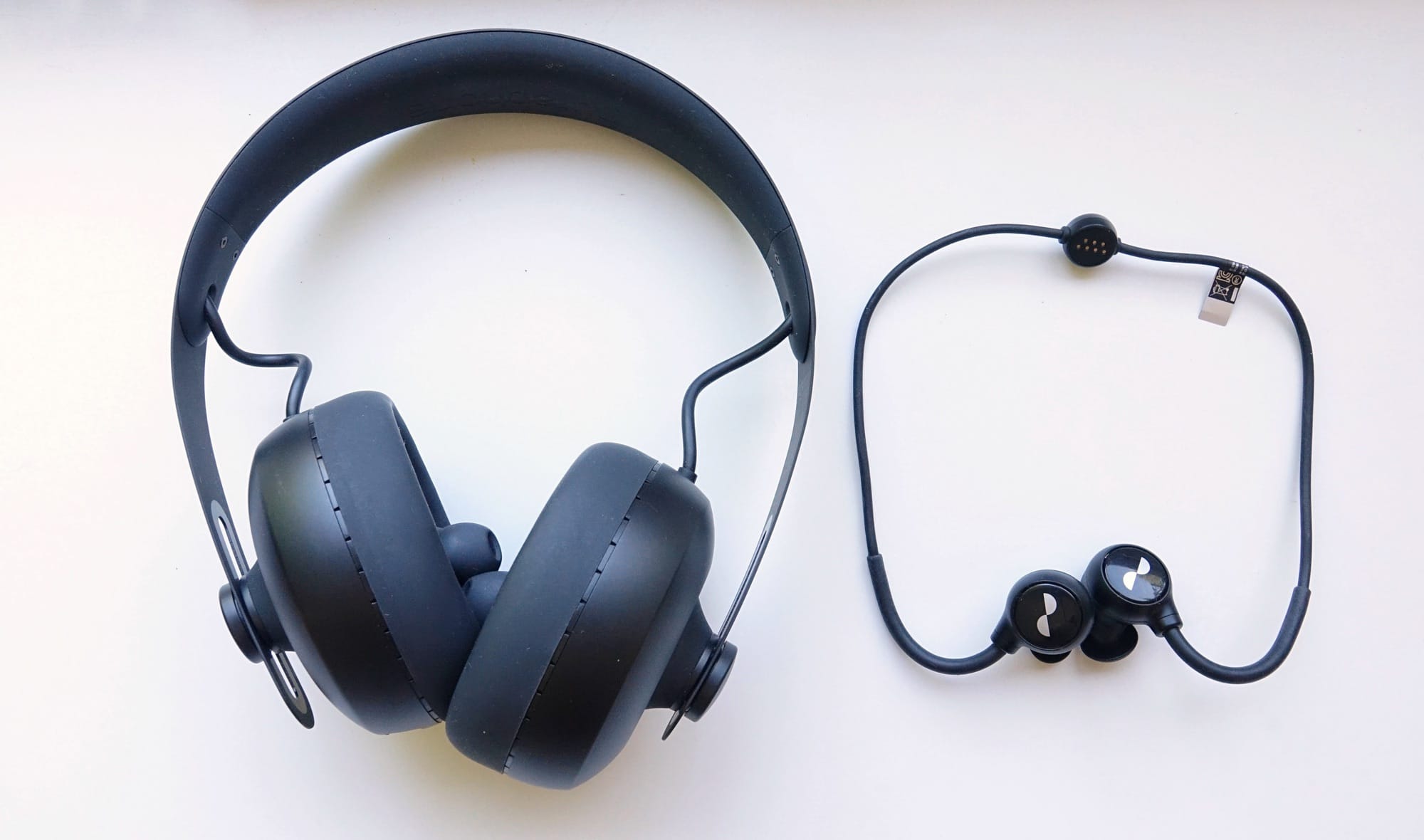
Final thoughts (TLDR)
There’s something cool about the Nuraloop earphones, with the technology feeling that much more refined and clearer in this generation.
While the Nuraphones were a genuine surprise, delivering an idea that was far more interesting than the gimmick it pitched, the Nuraloop throws the idea into a package that makes more sense for most. This is the very embodiment of personal sound.
And frankly, there’s a lot to love about that: if you’ve never quite connected with a pair of earphones before, the Nuraloop offers a sound that is delightfully you in a design that is delightfully small, too.
You do have to listen to these earphones with the profile engaged, so the Nuraloop are earphones made for people who live on their phones more than anything else. Without the profile and the Nuraloop just don’t work tremendously well, with no real personality or balance until a profile is made. Once that happens, however, and these earphones shine.
With that in mind, it’s easy to recommend the Nuraloop to people who yearn for a personal sound, which is what these are. We’re not sure they quite have the edge over either the Apple AirPods Pro or the Sony WF-1000XM3, the benchmarks in wireless noise cancelling earphones right now, but the Nuraloop are special within their own right.
There’s simply nothing else like them, and that makes them worth checking out entirely. Recommended.
